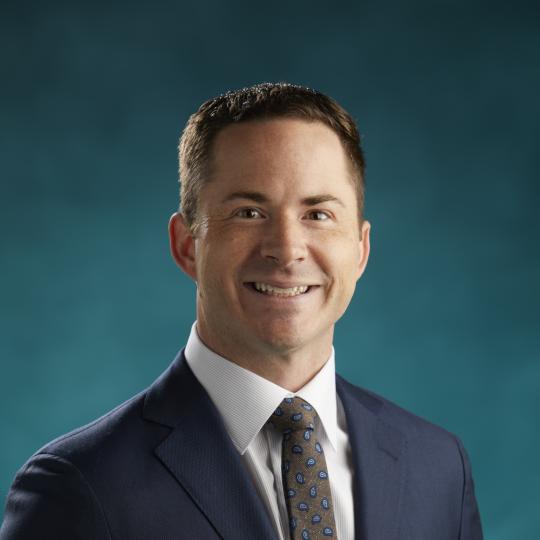Excessive Sweating (Hyperhidrosis)
Overview
Hyperhidrosis is the medical term for excessive sweating. Sweating is the body's way of cooling itself. In the case of palmar hyperhidrosis, the sweating of the hands is excessive. People with this condition may suffer embarrassment from their constantly "wet" hands. These individuals cannot hold glasses of liquid safely, hold objects without getting them "wet," hold hands or shake hands comfortably.
What causes hyperhidrosis?
Hyperhidrosis is not a disease, but rather a symptom. Physicians do not know exactly what causes hyperhidrosis but they have linked it to over activity of the nerves that send signals to the sweat glands in the skin. The chain of the sympathetic nervous system that controls perspiration is known as apocrine and eccrine glands. If other causes such as hyperthyroidism, obesity, psychiatric causes have been eliminated, then primary hyperhidrosis can be diagnosed.
What surgical treatment is available?
The videoscope surgical procedure performed to treat hyperhidrosis is called thoracoscopic sympathectomy. Because this condition affects both hands, your surgeon will perform a bilateral (both sides) sympathectomy using a thoracoscope, a tiny camera that transmits images from inside the chest to a video monitor. The surgeon will insert the video camera and instruments through 2-3 small incisions located in the side of your chest under the armpit. The surgeon locates the sympathetic chain and cuts or clips the thoracic segment responsible for sweating. The surgeon suture the incisions internally. Sutures will not need to be removed. The surgeon repeats the process on the other side.
How long is recovery from surgery?
Some individuals want to go home the same day as surgery; some spend the night and go home the next morning. You will be able to return to most normal activity within 4-5 days after surgery. The only limitation will be heavy lifting for a week or two after surgery, which could cause pain. You will be able to return to work within 2-5 days. You will be sent home with pain medication that you will need for a few days after surgery. You will be able to shower 2 days after surgery.
What is the success rate of this surgery?
There is over a 95% success rate with this surgery of having dry hands immediately after surgery.
What complications may arise from this surgery?
No surgery is without risk, but they are very rare in this procedure. Bleeding, pneumothorax and infection are a few. Horner's syndrome, in which there is drooping of the upper eyelid, permanent constriction of the pupil, or no facial sweating on the same side of the surgery, are symptoms associated with this condition. This is rare as well.
What side effects may occur from this surgery?
Some individuals have a delayed episode of sweating for 1-2 hours to half a day a short time after surgery, but this quickly goes away. Compensatory sweating can occur. This is excessive sweating on the back, abdomen, thighs or lower legs. This sweating can be described as mild to moderate in nature. Also gustatory sweating, a condition in which a person may sweat while eating or smelling certain food increases, could occur but this is also rare.
Our providers
Why SIU
Continually learning
With a focus on continual improvement, our doctors take the time to research, study and innovate to provide the latest treatments for our patients.
Patient-first experience
Our care ranges from primary care physicians to specialists and sub-specialists who have advanced training. We're here for you when you need us.
Breakthrough tech
Continually teaching the next generation of doctors, our physicians use the latest developments in procedures and technologies for our patients.















